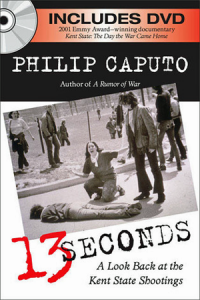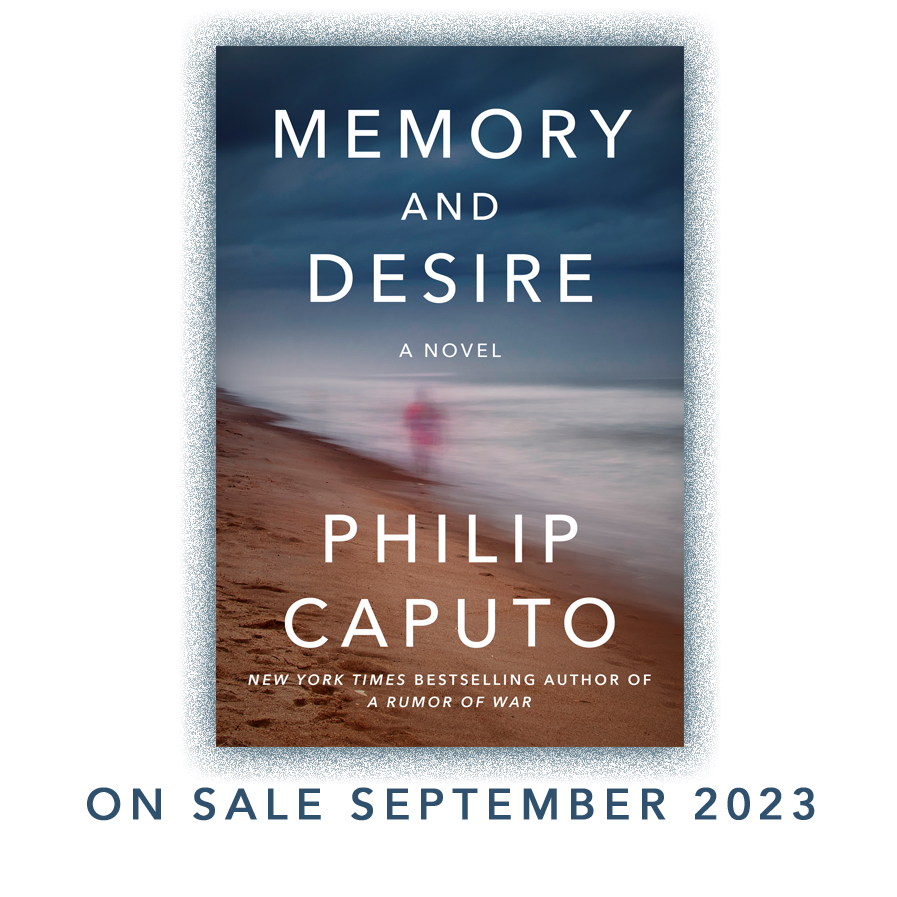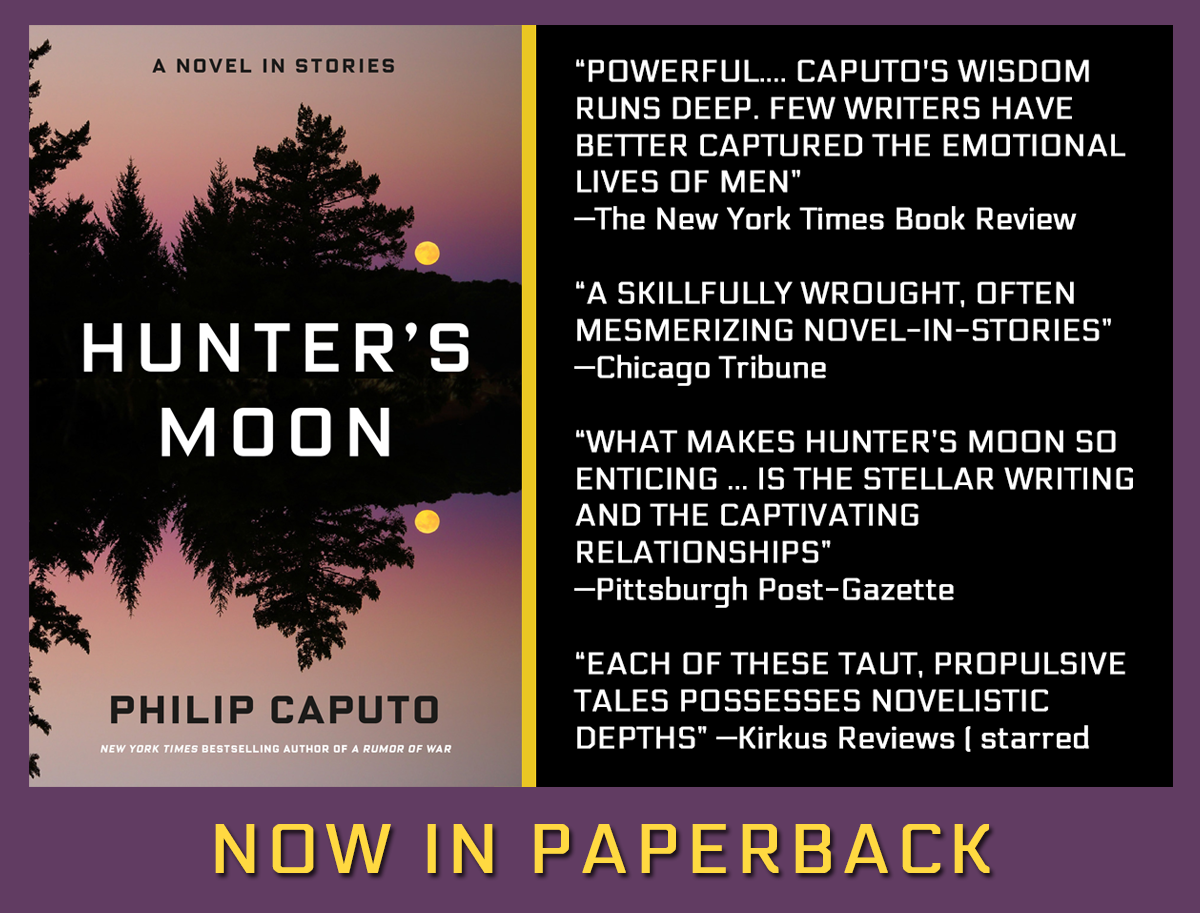“The [DVD] images and Caputo’s words serve as a powerful antidote to the romanticization of an era.” —Booklist
Thirteen seconds passed. Sixty-seven shots were fired. One nation watched . . .
On May 4, 1970, Ohio’s Kent State University was in chaos following President Richard Nixon’s announcement that the U.S. bombing of Cambodia would continue, with student protesters on one side and the National Guard on the other. That day, young Chicago Tribune reporter Philip Caputo had been sent to the campus to cover what looked like just another student uprising. But by the time he arrived, things had erupted into one of the watershed moments of the antiwar movement, with four students dead and nine wounded in a hail of bullets fired by panicked guardsmen. Now, thirty-five years later, the author of A Rumor of War looks back on that terrible day, discussing his own emotions, the nature of political discourse and civil disobedience, and what happened to those who were there and how they still live with the pain and anger every day. It was a time when America turned upon itself and our nation’s innocence was lost.
Praise
From Publishers Weekly
Caputo, best known for his groundbreaking Vietnam memoir, A Rumor of War, uses his strong reporting skills to reconstruct the events of May 4, 1970, when National Guard troops in Ohio opened fire on Kent State University students during an antiwar rally, killing four and wounding nine. Caputo covered the aftermath as a 28-year-old Chicago Tribune reporter, three years removed from his tour of duty as a Marine lieutenant in Vietnam. After returning to Kent State in the fall of 2004, he produces an eloquent narrative sprinkled with his strongly voiced opinions on Vietnam, Richard Nixon (“that glowering man with the soul of Lear”) and the tenor of the times (“Cops had become vandals, the forces of disorder and those of order had fused”). At Kent State, he writes, “the forces of authority had gotten away with murder.” Caputo’s retelling of the “massacre,” as he calls it, and its aftermath is a worthy addition to the record. On the other hand, Caputo’s reflections are relatively brief—an extended essay. An appendix with the 1970 report of the President’s Commission on Campus Unrest, may complete the story but makes for dry reading.
From Booklist
Thirty-five years after American troops shot and killed four students at Kent State University, Caputo looks back on the tragedy. He begins with a brief description of the student-protest movement in the late sixties and follows that with a fairly detailed account of the shootings and the antiwar protest that preceded them. The bulk of the book is taken up with a thoughtful reflection on the shootings’ importance in the context of the antiwar movement and its impact on the post—Vietnam era. Readers expecting a nostalgic take on the sixties are in for a shock: “It was a dreadful time,” the author writes bluntly. Readers expecting to find out whom to blame for the tragedy will be disappointed, too. The book isn’t simplistic enough to lay blame; it’s about understanding what happened and why. The book is packaged with a DVD containing the 2001 documentary Kent State: The Day the War Came Home. Together, the images and Caputo’s words serve as a powerful antidote to the romanticization of an era.




RECENT COMMENTS